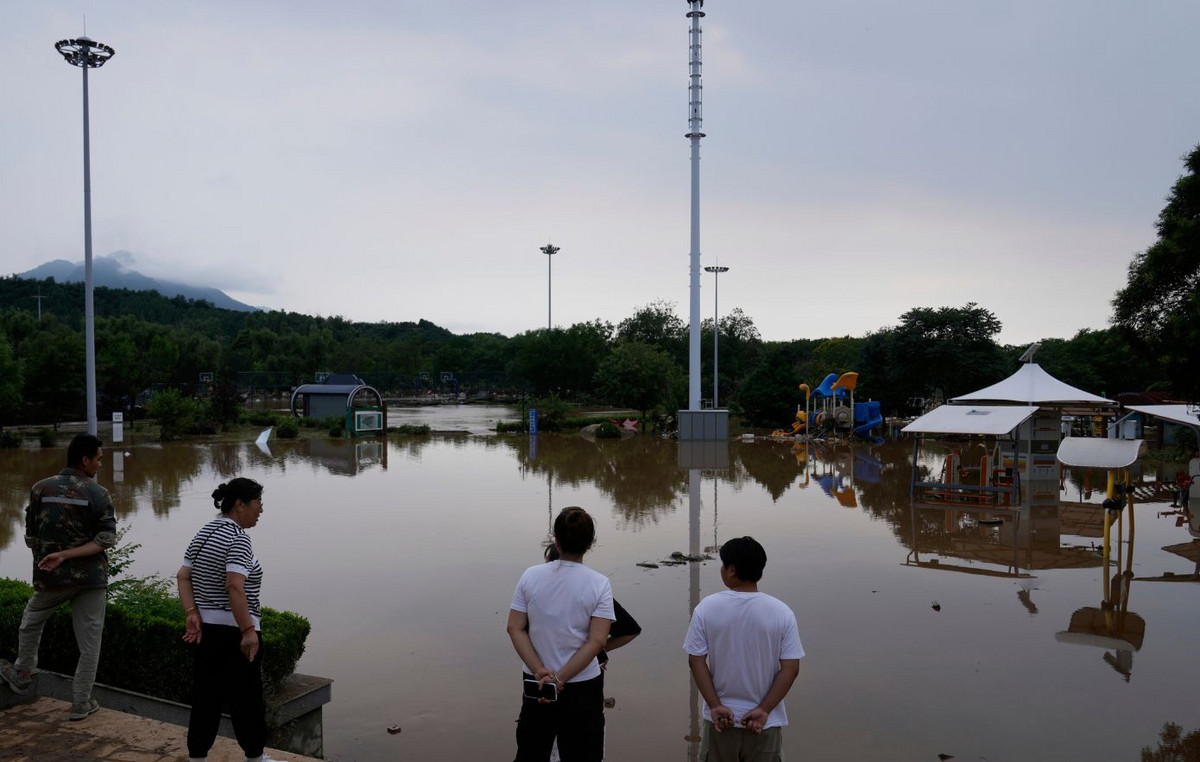The United Nations Children’s Fund (Unicef) published this Friday (18) a report showing the impact of discrimination against children and adolescents. The research was carried out in 22 countries and focused on prejudice against ethnic, linguistic and religious groups.
Between September and October, more than 407,000 young people participated in the U-Report Unicef Survey on discrimination, which sought to understand how young people are experiencing and fighting the problem. In that survey, 44% of respondents stated that they felt that prejudice had significantly impacted their lives.
The study shows, for example, that students from advantaged groups and aged between 7 and 14 are twice as likely to have basic reading skills compared to more disadvantaged groups.
As an example of the difference between ethnic classes, the report shows that 27% of Fullah students – a group that includes West, Central and North Sudanese Africa –, with this age range, have basic reading skills. Among students in the Koranko group, also from West Africa, the rate is 6%.
With this, the study points to the importance of promoting measures to reduce inequality in access to education as an essential factor of human rights and development of children and adolescents. In Brazil, university quotas have been applied since 2004, and a law was passed in 2012 to establish as a minimum quantity the reserve of 50% of vacancies for quota holders in federal universities.
The report also shows the impact on health. A study conducted in 64 countries concluded that, in more than half of the nations, ethnic minority groups faced lower rates of immunization against diseases.
Child obesity
Looking at the United States, childhood obesity has reached 19.7% of children and adolescents aged 2 to 19 years, a number that corresponds to approximately 14.7 million people. Still, it is more prevalent among American Indian and/or Alaska Natives (31.2%), non-Hispanic blacks (20.8%), and Hispanic children (22%) compared to whites (15.9%). %).
Indian people
With a focus on indigenous peoples, the study also shows that even in rich countries this portion of the population lives in poor conditions, with housing problems, access to treated water and health care.
* Under the supervision of Gabriela Ghiraldelli
Source: CNN Brasil
Bruce Belcher is a seasoned author with over 5 years of experience in world news. He writes for online news websites and provides in-depth analysis on the world stock market. Bruce is known for his insightful perspectives and commitment to keeping the public informed.







